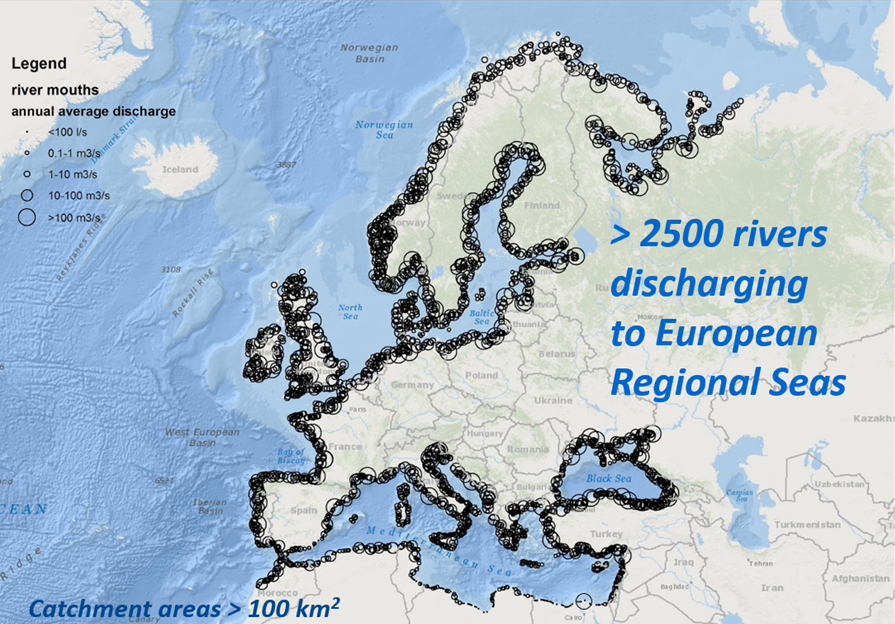Riverine Litter Observation Network
RIMMEL welcomes interested parties to join the Riverine Litter Observation Network for quantification of floating macro litter entering the sea. The project will provide a monitoring protocol for observation of floating litter along with a Tablet Computer Application based on MSFD litter category list (software developed by JRC). The provided tools will allow harmonization of the approach for the monitoring of floating macro litter across Europe and beyond. The monitoring is based on Visual Observation as a simple method to monitor fluxes of floating litter from rivers to the sea. |
The RIMMEL approach considers the following:
|
Riverine Litter Observation Network call: |
Description |
RIMMEL is interested in different types of rivers. Bigger rivers are of great interest, but also monitoring in medium and smaller rivers is important because they count in larger number. Further, intermittent rivers can be of special importance in certain regions, flushing litter accumulated in the watershed only after rain events or snow melt. There are more than 2500 rivers across Europe and around the shared marine basins. |
 |
In order to account for floating litter entering the sea, the monitoring would take place in the river/sea boundary, meaning the estuary area. The visual observations should be done from an elevated monitoring site, ideally a bridge or any other available structure that allows an appropriate field of view for identification of floating items bigger than 2.5 cm (e.g. the length of a cigarette butt). Riverine inputs of litter through the rivers are expected to be very variable, therefore the more frequent the monitoring data is acquired, the better. Ideally, for partners being alongside a river, i.e. with little transport logistics involved, RIMMEL would expect to receive weekly observations of at least ½ hour length. In case of more complex logistics, lower frequency data is still welcome.
|
Join the RIMMEL Observation Network |
Interested researchers, institutions and organizations are encouraged to contact RIMMEL for further information and registration: |
(USERS MUST BE REGISTERED IN ORDER TO JOIN THE MONITORING NETWORK).
|
 Download factsheet here
Download factsheet here